M8 and M20 (Lagoon and
Trifid Nebulas)
July
- September 2013
Reprocessed
October 2015
This is a Narrowband for Stars (nb4stars) project. For more
on the theory of what I am trying please consult the nb4stars
page.
Two of the most popular star party objects of the summer are star
forming regions in Sagittarius Messier 8 and Messier 20. From
a dark site these are some of the few Messier objects visible to the
naked eye. Both are complex in their own ways.
M8 is the most southern of the two objects. The open cluster
it is forming (NGC 6530) pokes out from the cloud. A brighter
portion of M8 lies west of the open cluster. When observing
visually there is a distinct dark nebula that separates the
two. Curiously this dark band showed only with extensive
processing.
M20 lies a bit to the north. It is also a star forming
region, but is split by a distinct dark band (Barnard 85) giving the
impression of 3 separate bright areas. Hence its common name
the Trifid. M20 also contains a reflection nebula.
This would normally not be captured using my extreme narrowband
emission filters. The Strömgren filters easily caught it.
The filters I used did not capture Oxygen III. That is a major
component of both nebula. Thus the images lack the aqua color that
should normally be present. In the future I shoot additional O III
which I will add to the green channel. I enhanced the image taken by
the
three "RGB" filters by adding additional Hydrogen data. That produced a
pink color closer to the real color of hydrogen. I can't shoot this as a
pure Narrowband project without losing the reflection nebula of M20.
Getting both a good view of the Reflection nebula and good detail in
emission nebulas proved challenging. I describe the process
below.
At the time these were taken my FSQ had a rather severe collimation
error. Thus the corners have poor focus. The scope got an all
expense paid trip to Japan in Winter 2014 to correct this.
During AIC 2015 I learned of a new feature in PixInsight (ColorMask) that
allows selective modification of areas of specified colors. M8 is
Red. I mean really Red. One
attendee suggested that one could get a more satisfactory image by selecting
a range of red colors and then adding some green and blue to moderate the
color. I made that change and I think it brings out more details.
Full Frame
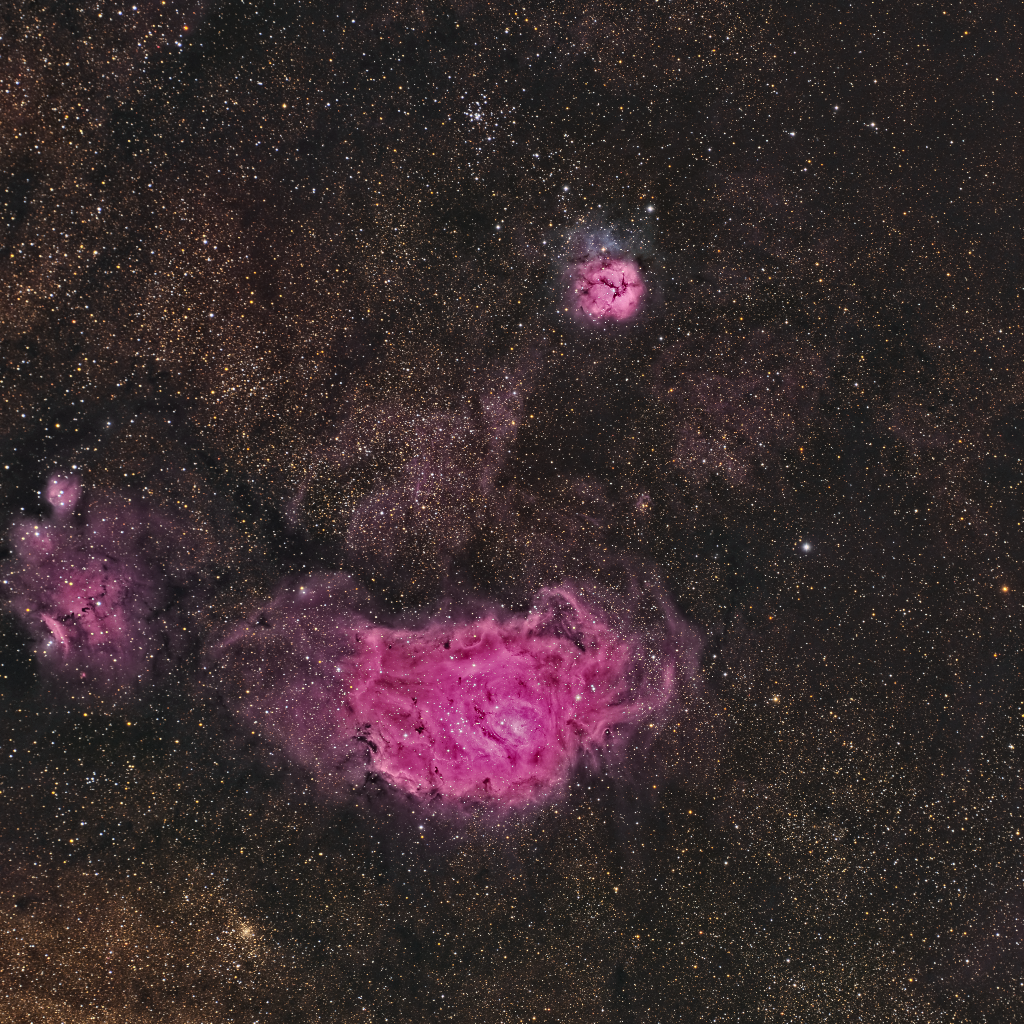
Click on the image above for a full size image. The annotated
image is also presented below.
M8
Processing images is always a tradeoff. This is just the M8 area
reprocessed to moderate the reds (and bring out more detail).
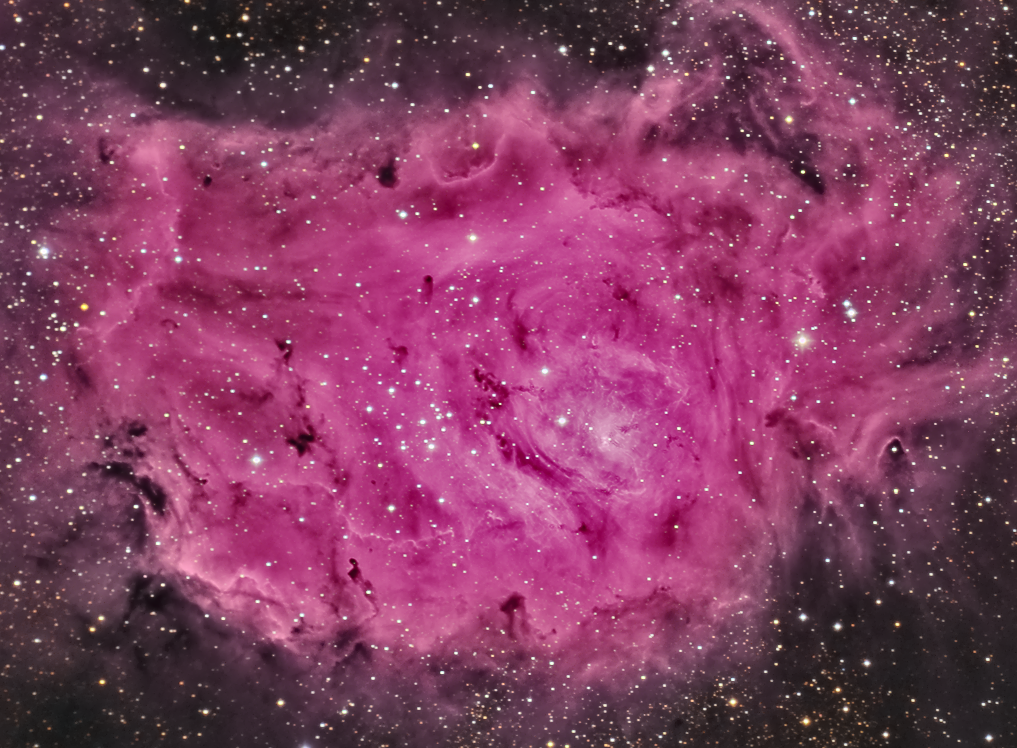
M20
M20 presented a different problem. The DSE and LHE
make only minor differences to the image. The challenge was
to preserve the dim reflection nebula. The nebula only is
visible in the sV and sYel filters. The Ha20 and 3nm Hydrogen
filters showed the area with the same general hydrogen return as the
rest of the Milky Way in the area. Adding Hydrogen to the G
and B channels kept swamping the reflection nebula.
Also I found I had to very carefully stretch the
image. Both tasks were accomplished by using a mask that only
exposed (hid) the mid range intensities. When I added the
Hydrogen data I made sure that only the brighter regions of the nebula
were affected. Similarly I did a Curve stretch that only
affected the reflection nebula. This preserved both in the
final image.
I am showing the original release copy and not the Oct 15 reprocess since
I like the original better.
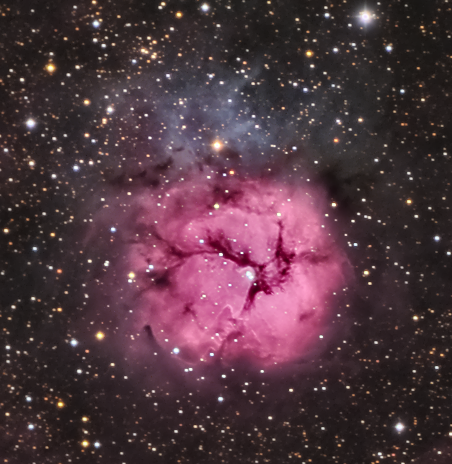
IC 4685
This is a bright area on the east side of the image.
This portion of the image is greatly affected by my current optical
problem, but this shows this is an interesting area.

Composing the Images
This was probably the most complex processing task I have encountered
so far. The point of shooting simulated RGB was to simulate
color at least in the stars. I believe my system will
correctly reproduce star colors, but since it only collects H alpha and
N II it will not reproduce the color of nebulas. Since my N II filter
is not currently mounted I cannot calibrate the Nitrogen contribution,
Thus the NII data is contained in the Ha20 data, but I don't know how
much is there.
I talked about some of the processing above, but now let me document it
in more detail. All processing was done using Pixinsight 1.8.
Data Collection
Filter
|
Exposure
|
Number of
Images
|
sV (Strömgren V)
|
600
|
17
|
sYel (Strömgren Y)
|
600
|
16
|
20nm Hydrogen (Ha20)
|
600
|
15
|
3nm Hydrogen
|
600
|
15
|
All filters were Astrodon
While still linear I applied deconvolution and TGVDenoise to
sharpen the stars and reduce the noise. By reducing noise at this point
there was less to take out in the final steps.
G2V Color Calibration
To insure that stars are the correct colors one images a
reference G2V (i.e. sun like) star. You then balance the
colors so this star appears white. For this project I used
HIP 99046 which is east, but the same elevation. From this I
determined that the correction should be
These were used for color correction in PixInsight.
For comparison here is
an version of the image with the BV Index of the stars
annotated. The reader can decide for himself if the colors
are accurate.
Adding Additional Hydrogen
The vast amount of Hydrogen captured with the Ha20
left the resulting image swimming in red and not very
interesting. To add some interest and make clear how much of
the image was H (as opposed to N II) I wanted to produce something like
a true Hydrogen color. A true Hydrogen color is pinkish
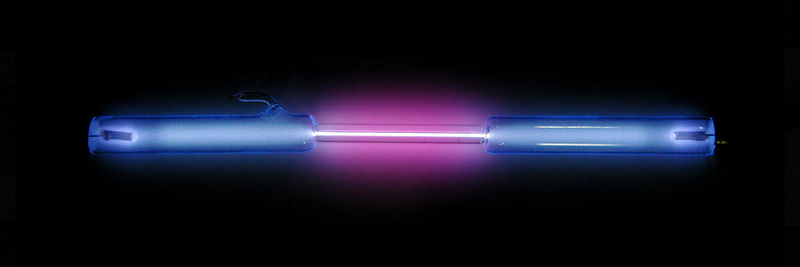
After some calculations a friend determined that the proper mix to
simulate this color is 100% red, 12% Green, and 27% Blue. So
far so good, but I did not want adding H to affect my color
calibration. To prevent this from happening I took my H data
and aggressively applied Morphological Transformation to it.
This had the effect of dimming the stars. I then created a
mask that only exposed the bright nebula.
After color correction the H in the bright nebulas was reduced relative
to the 3nm Ha data. I added the H back in by applying a
Max(Corrected_Red, Ha). Thus if the remaining signal was at
least as strong as my 3nm signal it would remain. I suspect
the 3nm mostly replaced the Red data in the nebulas. This made it easy
to know how much H to add to the G and B. I just used PixMath to add
the MT'd H data with the appropriate weighting.
The mask insured that only the bright nebula was affected. This
preserved the reflection nebula from being overwhelmed and insured the
star colors were not corrupted.
In retrospect I probably should have used the Vicent
Peris technique to add the Ha. I will try this when I return to
this project next spring.
Stretching
So far the image had been linear. At this point I
could directly apply a HT and brighten it. However doing so
cause the stars to bloat. To prevent this I first did a
partial stretch with the Masked Stretch script. I then
applied HT.
Bringing Out the Structure
The image at this point is rather flat looking. Most
of the detail is hidden in small differences in
intensity. I used several of the sophisticated
tools to increase these subtle differences. The first is
HDRMultiScaleTranform which spreads the brightness over a wider range
of values. Then as I discussed above I used tools that
detected and highlighted the edge differences.
Final Steps
Finally I used MMT to further sharpen the structures the
previous steps disclosed. Then another pass of TGVDenoise to
remove the last noise.
Map
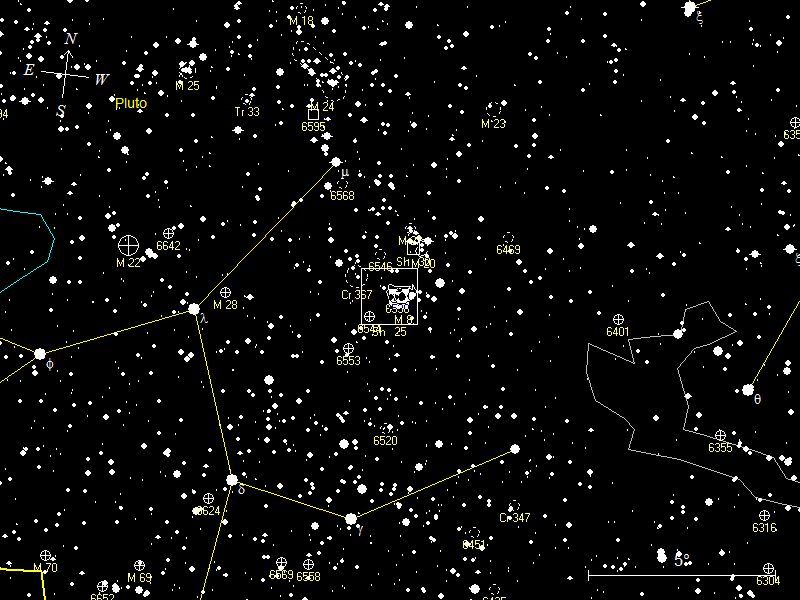

Copyrights
for Photos





